4th September, 2023
Unlock the secret to a thriving business by mastering the art of cash flow management. Like a steady heartbeat, effective cash flow sustains business vitality. Dive into five key strategies to ensure your business’s financial pulse remains strong.
In the intricate dance of business, cash flow is the heartbeat. Just like a human heart pumps life-sustaining blood, your business’s cash flow ensures it keeps running smoothly. For any business, small or large, effectively managing cash flow is not merely a financial task but a strategic imperative.
Cash flow management involves the careful planning and monitoring of the flow of money in and out of your business. It’s the difference between thriving and merely surviving, between growth and stagnation. In this blog post, we will explore five key strategies to ensure effective cash flow management for your business.
- Forecasting and Planning
Imagine embarking on a long journey without a map or GPS. Similarly, running a business without cash flow forecasting is navigating blindfolded. Cash flow forecasting is the process of predicting your business’s future financial position based on historical data, current financial information, and well-thought-out assumptions.
This strategy allows you to plan for both short-term and long-term financial needs, align your business processes, and ensure you have the right amount of capital at the right time. With proper forecasting and planning, you can automate many aspects of your business process, streamlining expense management, and enhancing overall financial efficiency.
- Monitoring Receivables and Payables
Keeping a watchful eye on your accounts receivable and accounts payable is akin to maintaining a balanced diet. In the business world, it’s all about maintaining balance between money coming in and money going out. Your accounts receivable represent money owed to your business, while accounts payable are your outstanding debts to suppliers and creditors. Effective management of these elements ensures timely payment collection and efficient handling of your expenses.
- Using Cash Flow Forecasting Tools
In today’s tech-driven world, automation is a game-changer in cash flow management. Modern business owners have access to a plethora of cash flow forecasting tools that can simplify the process. These tools use historical data, current financial information, and algorithms to generate accurate cash flow predictions.
By integrating these tools into your business process, you can streamline accounting and finance functions, saving valuable time and resources. Moreover, these tools enable you to make data-driven decisions, identify profit opportunities, and keep a close eye on the financial health of your business.
- Prioritizing Contingency Planning
Uncertainty is an inherent part of the business landscape. Economic downturns, unforeseen expenses, or unexpected disruptions can impact your cash flow. This is where contingency planning comes into play. Think of it as your financial safety net.
Identify potential risks that could disrupt your cash flow, such as market fluctuations, changes in customer behavior, or supply chain issues. Then, create a plan to address these challenges. Having a contingency plan in place can help your business navigate tough times, minimize profit loss, and maintain financial stability.
- Analyzing and Adjusting Regularly
Cash flow management is not a one-and-done task. It’s an ongoing process that requires regular analysis and adjustment. Create a routine for reviewing your cash flow, ideally on a weekly or monthly basis. Identify key performance indicators (KPIs) such as operating cash flow, free cash flow, and the cash conversion cycle.
Analyze these metrics to gain insights into your business’s financial health. When you identify areas that need improvement, take proactive steps to address them. Adjust your business processes, automate where possible, and make data-driven decisions to optimize your cash flow continually.
In conclusion, effective cash flow management is a cornerstone of successful business management. Automation plays a pivotal role in streamlining business processes, optimizing expense management, and enhancing overall financial efficiency. By implementing these five strategies, your business can thrive, ensuring a healthy cash flow, and ultimately, a robust bottom line. Remember, in the world of business, managing cash flow isn’t just a financial task—it’s a strategic imperative for sustained profitability.

